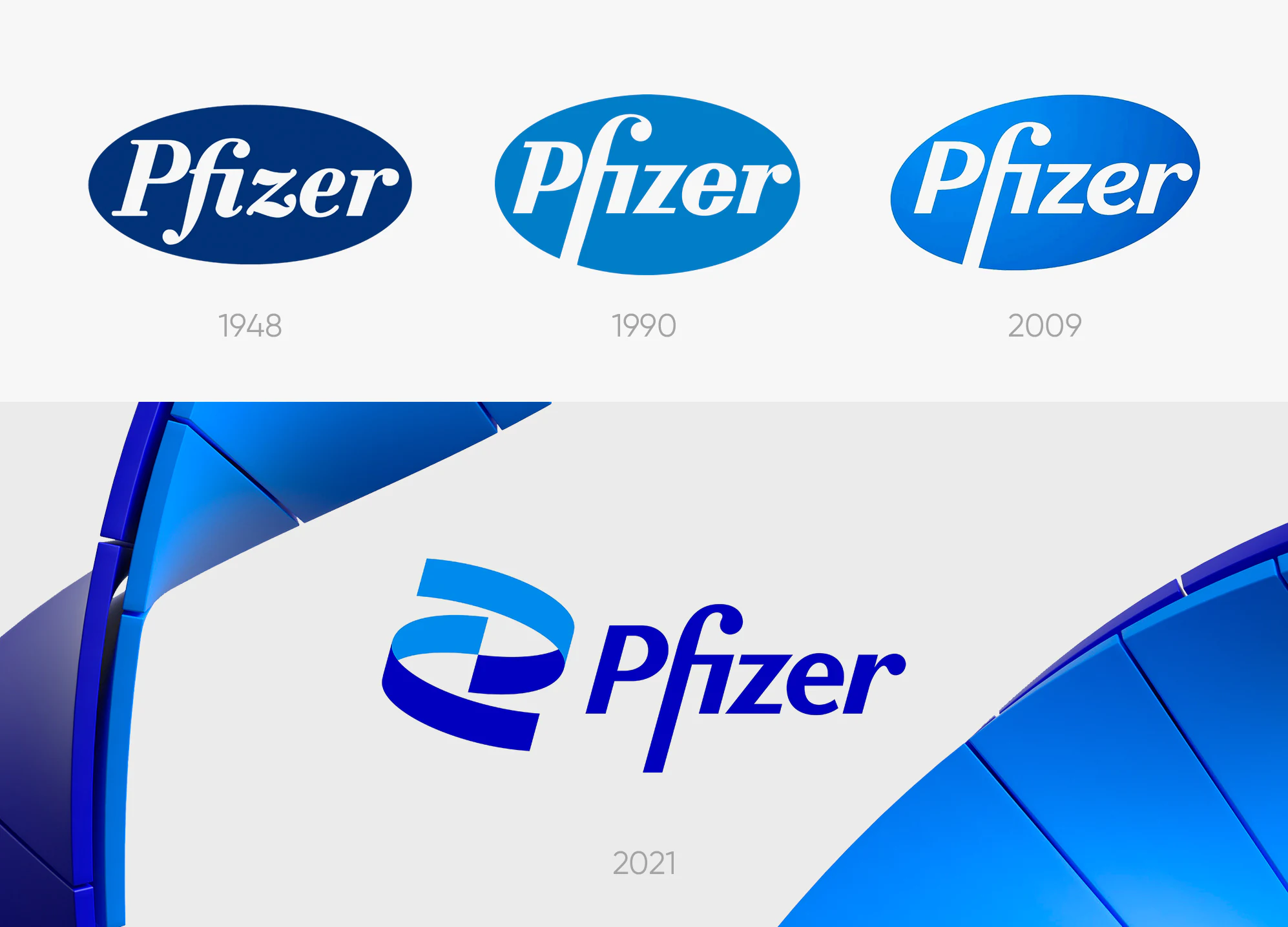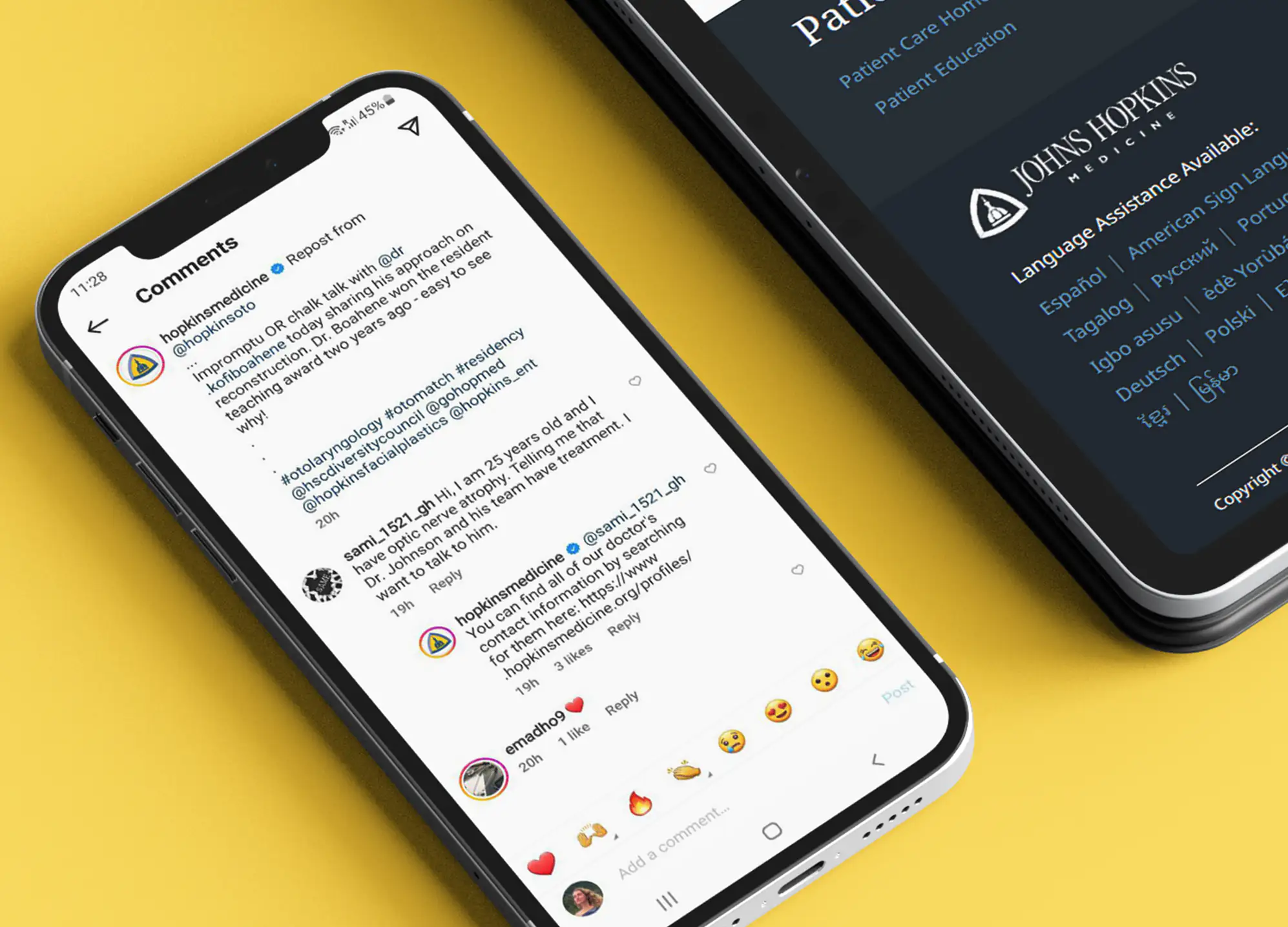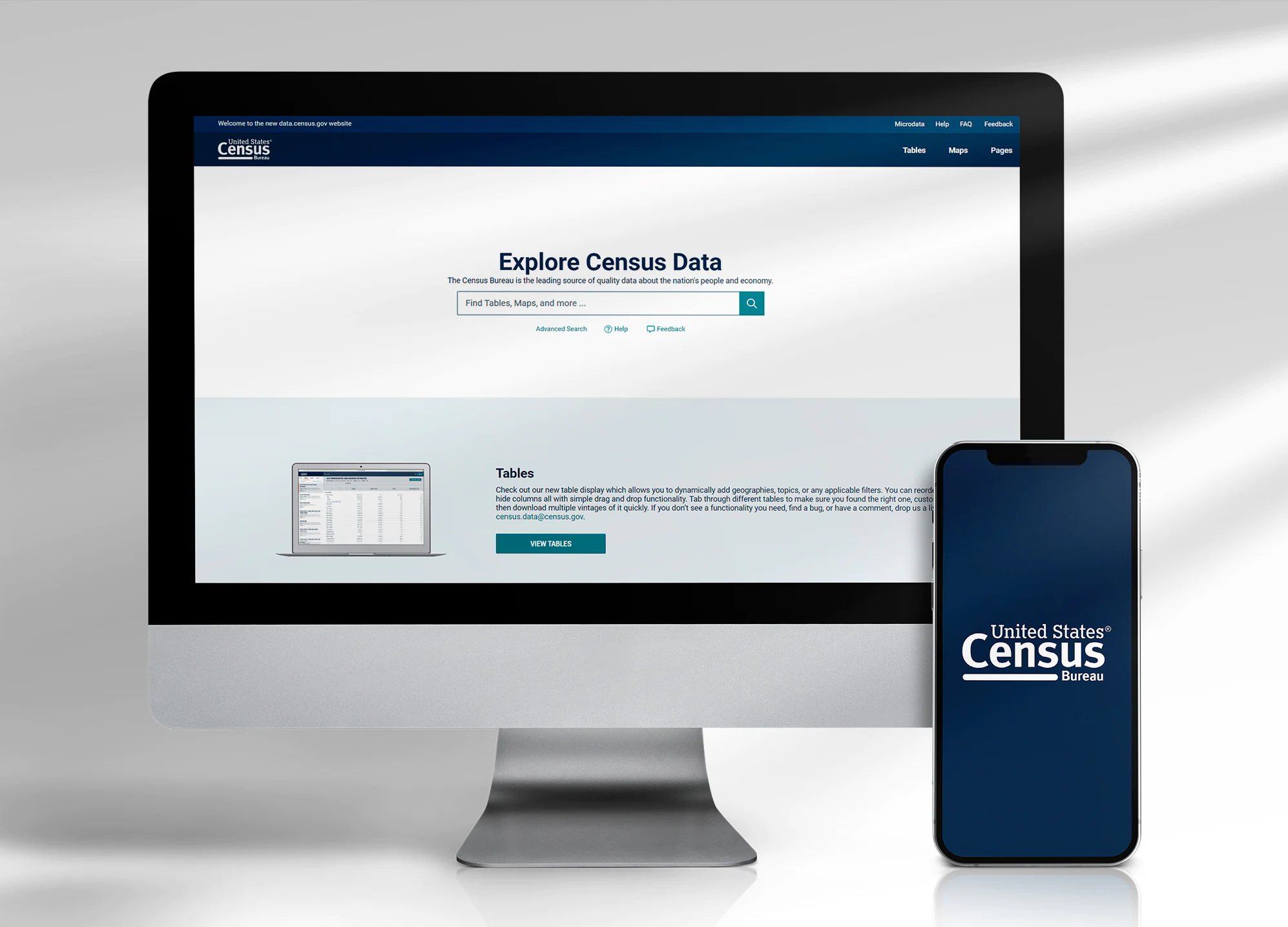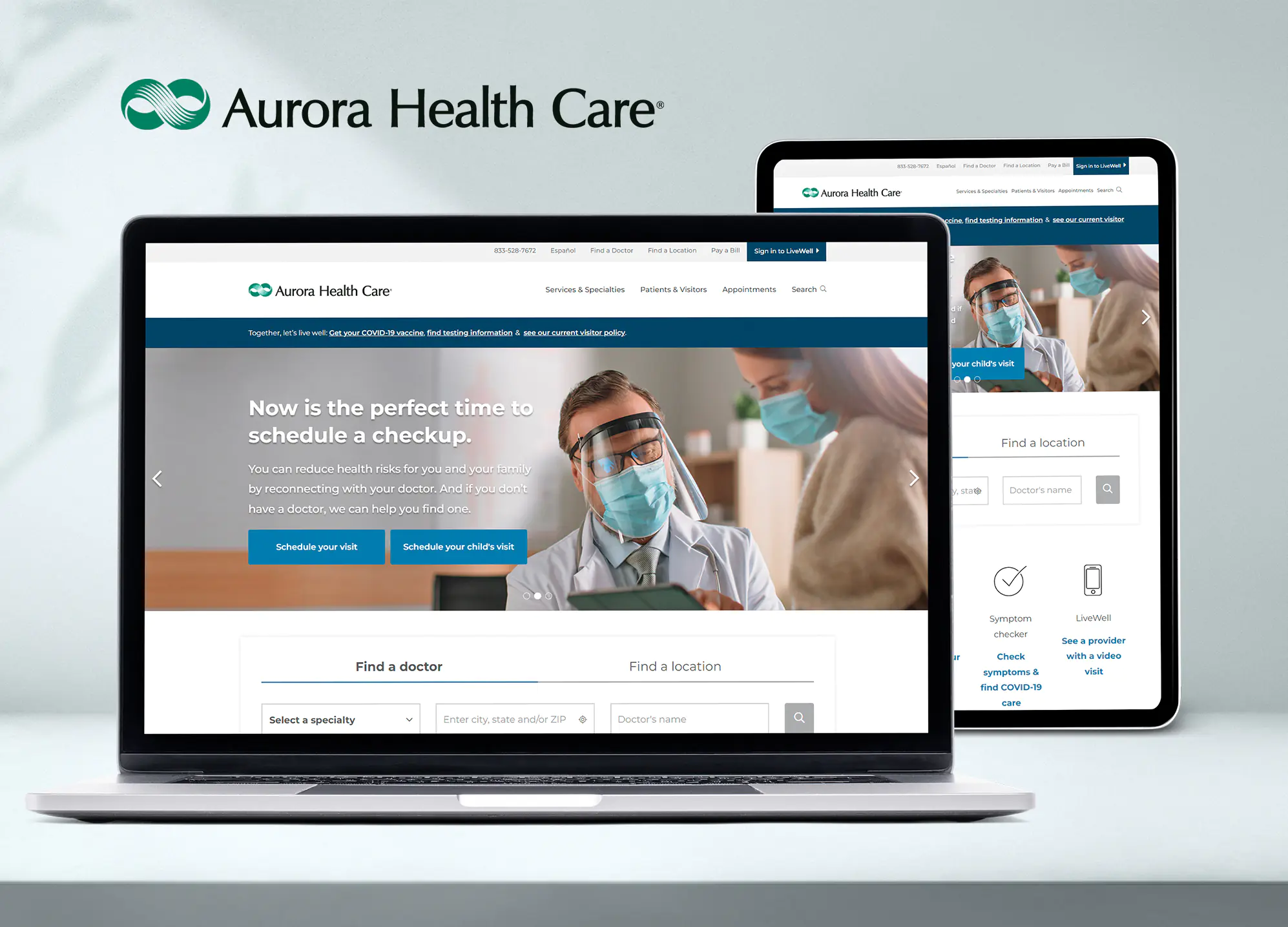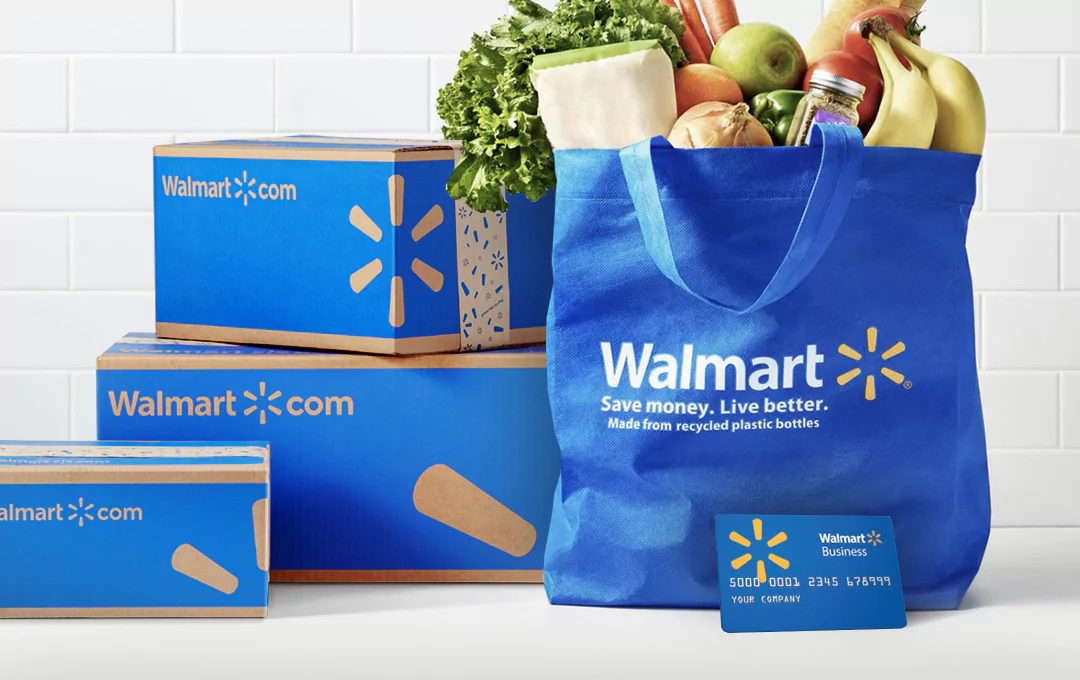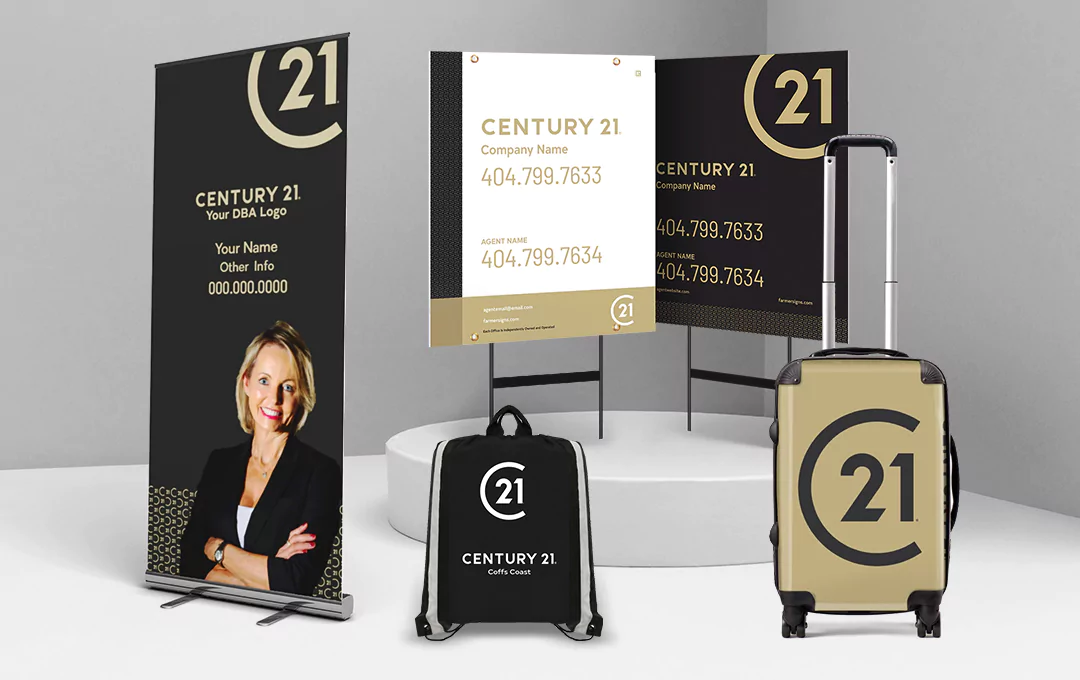With more healthcare organizations getting launched every day, it’s becoming increasingly difficult to rise above the noise. You can distinguish your company and build a massive following with healthcare branding.
What is Healthcare Branding?
Healthcare branding involves the portrayal of a healthcare company in an appealing and professional manner with the end goal of influencing the decision-making process of prospective consumers. In branding, a promise is made to the consumer and fulfilled with the aim of getting users to stay loyal to the healthcare brand.
Beyond the creation of conventional brand touchpoints such as signage, logo, brand icons, and website, medical care branding can also be extended to sounds, color, motion, scents, tastes, amongst other non-traditional trademarks.
One good example of non-conventional trademarks in the pharmaceutical industry is the color of Nexium, a drug used in treating chronic heartburn. The drug was branded as the “purple pill” due to its outstanding purple and gold color. To prevent their competitors from mimicking its product, AstraZeneca trademarked the particular color in the USA. The trademark was effective in restraining Dr. Reddy’s Laboratories Ltd from introducing a drug with similar functions and color into the USA. Until the manufacturer changed the pill color to blue, it was not allowed into the USA.
AstraZeneca is not alone in the color trademark group. The blue color and diamond shape of the popular sexual dysfunction drug, Viagra, is also an example of a trademarked feature. While branding sets a pharmaceutical company apart, it also helps protect its successful products from being closely mimicked.
You cannot afford to neglect your online presence because we live in a digital age where people make health decisions from their mobile phones. According to an NCBI study, the internet affects the decision-making of UK residents regarding what healthcare brand they patronize. The internet presence of a company can serve as a decision stimulant and affect the doctor-patient relationship.
For the hunt-and-peck phone users who may not be acclimatized to the Lingua Franca of the internet, offline presence refers to your line of contact with consumers outside the computer or internet. On the other hand, online presence involves the points of interaction with users via digital platforms like social media, search engine pages and official websites.
Why is Healthcare Branding So Essential?
Many global developments have increased the competition in the healthcare industry. As the competition surges, the need for strategic healthcare branding becomes more and more important. Before the internet became widespread, healthcare brands like hospitals and pharmaceutical stores focused majorly on their local markets and only the big companies took business expansion quite seriously. On emergence, the internet helped more small healthcare businesses target consumers outside their local areas. However, the problem with the internet is that most people are no longer paying much attention to sponsored ads, and established companies like J&J are the only ones thriving because they can afford to spend billions of dollars on marketing.
So what about the lesser-known companies? Those with few staff and 100-1000 customers. In our 8+ years experience, the bigger the company, the costlier the expense of branding and the smaller the firm, the lower the amount spent on branding. You don’t need billions of dollars to sustain your local hospital with a capacity of not more than 100 patients. How did we arrive at such a conclusion? We have partnered with CEOs and co-founders of companies of all sizes who were impressed enough to leave positive reviews on our website. The feedback of all our 850 happy clients have one thing in common – the ability to deliver on time and budget. Visit our official site to see for yourself.
The Affordable Care Act of 2010 and the emergence of state-based health insurance marketplaces (HIMs) have advanced the consumers to the driver’s seat, enabling consumers to choose from wider options of healthcare services.
How can health providers call the shots since users now have the upper hand? Given that the consumers are the most powerful determinant of whether a medical service provider survives, the race to not just reach the consumer first but also convince them to patronize your services is one you cannot afford to lose. Healthcare branding is what distinguishes your brand from other 784,626 companies in the US medical sector. It’s high time you asked yourself, sincerely, what makes my healthcare company unique?
By helping our clients discover what makes their consumers tick, we have been able to launch more than 150 top seller projects. So far, we discovered that the brand DNA unifies every aspect of the business, making lasting ‘bigger than life’ impressions in the minds of consumers. We unravel the uniqueness of their companies using properly drawn-out questionnaires and API tools for market research.
What are the Benefits of Healthcare Branding?
From increasing brand exposure to enhanced patient experience, branding has a lot of positive impacts on the growth of a healthcare brand. Below are the benefits of branding discussed in great detail.
Enjoy Brand Exposure
We live in a world where being normal is boring and the one-size-fits-all approach that rocked the 1760s (during the genesis of the industrial revolution) no longer appeals to 21st-century consumers. If your brand is not newsworthy, it won’t get enough attention. It is easier to promote a brand that breaks the norms because that’s what the fourth realm of the estate and the masses want. At a time when health agencies were warning people about covid virus using vapid means of communication, the marketing team at Cape Fear Valley Health used an unconventional and rather affable method to get people to accept the vaccine. They gave everyone who just got vaccinated a “why I just got shot” card. The cards served as user-generated content (UGC) on social media and at the vaccination clinic. The funniest ones gained traction and were further popularised on The Today Show. In his form, one patient jokingly replied with, “my wife made me”. This proves that healthcare companies can sell conventional products but brand their vaccinated in an unconventional way.
Healthcare branding helps your company stand out. It does not matter if you are offering a conventional product/service, branding can set you apart from your competitors. Even an established healthcare company like Pfizer (which was founded 173 years ago) is constantly rebranding to prevent going obsolete or outdated.
Image source: https://www.pfizer.ua/, https://logos-world.net/pfizer-logo/
The healthcare company switched the brand-name-embedded blue pill logo for a double-helix-inspired one. The rebranding process became necessary since the company wanted to mirror its transition into a “smaller, science-based company”. The rebranding alongside the launching of their revolutionary covid vaccine made the company more popular and relevant to this day. The American multinational pharmaceutical and biotechnology corporation became a common mantra in the mouths of newscasters throughout the globe. No day goes by without a news agency reporting about the efficacy, effects, or controversy concerning the Pfizer vaccine.
Become a household name in the healthcare industry
Medical household brand names like Johnson’s Baby, Bandaid, and Tylenol, all owned by Johnson & Johnson, a behemoth pharmaceutical company, did not stick to the minds of millions of Americans because of a one-time marketing campaign; it became a household name because of non-stop branding. Consistent healthcare branding is required to create a brand legacy that lives on after you are gone.
There is no other way for a brand to become ingrained in every household in the States if people don’t trust you. No one in their right senses would allow a doctor with a bad reputation to treat them. Successful healthcare brands are built on trust. Non-profit health campaigns, recommendations from trusted news companies, referrals from popular health professionals, and testimonials (Written or video) are the tools used by popular healthcare companies to let prospects know that they are in safe hands.
Our humanity is dependent on our primal ability to choose and it is the ultimate economic driver in today’s society. People can afford to order the wrong cloth or subscribe to a TV service provider they may end up not viewing, but when it comes to choosing a healthcare brand, they are extra careful. You can’t blame them.
Once something seems off about a healthcare brand, they won’t hesitate to find another medical solution provider. It can be a rude nurse, a fake stock photo on your website, inconsistent icons on your website, an uninspiring logo, or an apathetic brand image that gets them running to another healthcare brand.
As a healthcare agency, the i’s of your brand must be well dotted and the t’s, well crossed. You need to be guided by a professional as it is easy to overlook certain factors that shape people’s opinions of your brand. Stan Branding is one of the leaders in its industry. Our clients are currently #1 in global markets, you can view over 300 completed projects with proven results here.
We were opportune to work with Orthofortin, a GmbH pharmaceutical company based in Washington, USA. While the company was making a profit within its vicinity, it recorded a drop in revenue in 2019. The reason for its sudden decline is the rise of several other pharmaceutical companies in Washington. The company CEO, Davis, knew that an oversaturated market calls for better branding and if the company must survive, he needed to act with great pace. Our expert team was recommended by a former client. Davis wasted no time in reaching out to our team of creative experts. He booked a free project pre-development consultation meeting with Stan Kurkula (CEO at Stan Branding).
Our award-winning designers and marketers created a unique yet appealing brand image for the Orthofortin brand.
After general brainstorming sessions held by our expert team, we came up with a brand story that accommodated the true inspiration and brand mission of the founder. We uncovered the best practices of the competitors through in-depth research and conducted A/B tests on their existing consumer base. Expert team ensured that the tools used during the branding process were HIPAA compliant and in line with the healthcare privacy legislation in the USA.
Six months after Orthofortin relaunched its brand and doled out the packaging of new products, the company recorded a 39% increase in revenue. In 2020, Orthofortin was listed as one of the top ten pharmaceutical companies to look out for by the Washington Post daily newspaper. The Global Health & Pharma Awards honoured Orthofortin (alongside other prestigious companies like ASEP Healthcare Ltd and Azureldigo) for their contribution to the American society and efforts towards curbing the global threats posed by the covid pandemic.
Recently, Davis called to place a new order for their new product, Zimacal. Creating double-action and reusable branding strategies is what we do best at Stan Branding. Success stories like that of Orthofortin propel us to keep growing as a team. Get a free project pre-development consultation from our experts.
Build a reliable consumer base
A reliable consumer base aka a cult brand is one that can sustain your company for decades and promote your brand to “non-believers” without spending an extra dime on advertising. The ability of a consumer base to amplify your brand messages is called snowball advertising. If you want to cut your advertising cost in the long run, you need to position your brand to appeal to a targeted group of consumers.
Speaking of the fanbase, will any health brand garner as many stans as Micheal Jackson? Not likely. However, the less-obsessive nature of the fans of a health brand does not enervate its essence. Health brand fanatics are similar to Disney adults, who despite having matured, still crave a Mickey Mouse bumper sticker or theme park visitation. These sets of people grew up using the health services of a particular brand and introduced their children and grandchildren into the same cycle. They completely trust the brand.
A good example of a brand that has built a strong reputation for itself over the past century is the John Hopkins hospital. By listening to its users’ requirements with the aid of feedback mechanisms such their social media channels, virtual meeting and checkups.
Image source: https://www.hopkinsmedicine.org/, https://www.instagram.com/HopkinsMedicine/
Enhances patient experience
The idea that the consumer experience starts in your ward or pharmacy store is a fad. User experience starts from the first brand touchpoint the patient gets in contact with. It could be your brand ad, awareness campaign blog, website, and of course, a happy client (or referrer).
Speaking of great user experience, Color Genomics is one of the few healthcare brands that has the best user-friendly websites. They created a brand that is consistent across all touchpoints to make users scale through the decision-making making process up to the consumption phase.
How did they build a website that is quite hospitable? According to Katie, a product designer at Color Genomics, the design team works hand in hand with the support team and genetic counselors to properly create a user-friendly brand design. No one knows the color participants better than the support team and counselors.
How Can You Make Your Healthcare Brand Stand Out?
Standing out can mean being different or being excellent. As a healthcare brand, you can do both. You can find a different niche and be the best in that regard. Finding a blue ocean approach to healthcare is a path less traveled, hence that’s the path you want to thread if you want to stand out. It all starts from proper market research and it can be tedious without professional help. Below are the steps you can take to become known in your field.
Build a website
Many brands make the mistake of banking on their social media pages as the major go-to for users. While the relevance of a solid social media presence cannot be ruled out of your branding strategy, it is dangerous and unprofessional to rely on social media. Social media platforms come and go: So also the brands that solely depend on them. The graveyard of social media sites is now home to MySpace, Vine, and Google Plus among others. At their prime, no user thought that these mentioned digital spaces would go on extinction. However, like all things, they met their end. The only digital platform that will keep on existing as long as you want is your website. Also, your website allows you to shape your narrative, extract data from site users, and sell your brand without limits.
Stan Branding has a proven track record of designing world-class websites for over 850 leading brands around the globe. Our behind-the-scenes impact in the healthcare sector did not go unnoticed as we’ve bagged more than 12 awards from established corporations like Clutch Magazine and Forbes. Guided by a deep understanding of what works and what doesn’t, we have partnered with over 120 healthcare companies that went on to claim the number 1 spots in their various localities.
Optimize the website for Google Search Engine
There are about 1.88 billion websites on the internet according to Statista. Although not every website will compete in the healthcare niche, we are at a point where non-healthcare websites are also competing for medical keywords. Hence, newly created websites can get buried as soon as they are launched. It is not enough to create a website for your healthcare brand, you must optimize the website for SEO. There are several factors that determine what website gets featured on the first page of a specific Google Search such as the domain authority, keyword concentration, reader retention, Backlinks, and many more.
If we are to discuss in detail the steps required to optimize your website for SEO, a 10,000 words eBook is not enough.
Start an educational blog
Depending on your website hosting plan, you can create a blog section that educates your site viewers about the need for your services or products. This “free content” strategy can position you as an expert in your field and also, help your brand website rank on Google Search for related keywords. A hospital owner in Houston would want to rank for keywords like “most affordable hospitals in Houston”, “best hospitals in Houston”, and “hospitals around me”. However, most of the keywords are already crowded by authoritative websites with high DA. To have a chance on Google Search, you need to rank for low-density keywords in related topics like “10 habits that are harmful to your health” or narrow it down to your niche for instance “5 things to do as soon as you find out you have diabetes”. Another benefit of blogging is that you can get paid via Google ads when you register for the program.
Successful healthcare branding strategies
Branding strategies allow you to communicate your company’s goals to your target audience. If you want to boost your reputation to the point where everybody wants to associate themselves with your business and pay you for a license to use your label, you need to employ the strategies outlined in this section.
There is no successful strategy without an expected outcome, hence you need to set clear goals before mapping out a feasible branding strategy. More often than not, the definition of a successful brand is one that has a positive image and stands out from the noise. A proper strategy is an outline of how you want the world to perceive you. It can be splitted into competitor research, brand design, and audience nurturing. The processes outlined below will help you create a successful brand.
Stand on the shoulders of giants
Branding is all about building trust. There’s no better way to build trust than to get recommended by people who are revered by their audience. Partnering with influencers to push your brand is called influencer marketing. It can cost you from $50 – $5000, but it is worth every penny. It can also come in the form of an interview, not necessarily an online hashtag campaign.
The synergy between Craig Lipset, head of Clinical Trials at Pfizer and Jeri Burtchell, a patient advocate, speaker, and editor-in-chief of the blog at Healthivibe, transformed into an interview that was aired at the disruptive innovations to advance clinical trials conference in Boston US. The conference enlightened people on not just the experiences of multiple sclerosis patients but also the efforts of Pfizer in the field.
Image source: http://www.gilenyaandme.com/2012/09/my-impressions-of-disruptive_20.html
The interview is a part of a brand campaign.
I know you’re thinking what has branding got to do with influencer marketing? Branding agencies who are worth their salt know how to use marketing channels to enliven their branding ideas.
Instead of giving out endorsement deals to influential athletes or health advisors, you can partner with them on a short-term basis in a bid to get your brand message. Every established brand from J&J to Pfizer does it every time. Outside healthcare, you can see influencer marketing being used more regularly by Nike, Adidas, Sony, etc.
Another great strategy that can be executed with influencers is hashtag trending. It requires you to create a specific hashtag for your campaign and get an army of influencers to talk about your campaign by adding the hashtags to their posts or tweets. It can work on Instagram, Twitter, or Facebook.
Know what works and what doesn’t
There is no one-size-fits-all rule for branding, hence your first teachers are your competitors. We do not recommend copying and pasting the qualities of other brands, as doing so would make your brand less unique.
Knowing the weak points and strengths of your competitors would help you create a niche for your brand and position your brand as a better alternative to your competitors. The aim of research is to discover unattended roles in your industry where your company can develop solutions for and outperform the already-established businesses.
For instance, if you are from a community where the population of diabetics is rising at an alarming rate and people are unknowingly stuck in habits that encourage this disorder. An awareness campaign that brings the issue closer to the people and enlightens them about the solutions you have in stock for them will set you apart from other local health providers who are doing nothing.
Your competitor’s research should take these factors into consideration, namely; the competitor’s identity, message and visuals, solution quality (goods or services), social proof (reviews and popular mentions, and brand campaigns. A detailed competitor research will observe 6-10 competitors of varying sizes. Also, pay more attention to those in your local areas. Compare and contrast their strengths and weaknesses. Then, adopt the pros and use their cons as a stepping stone.
Map out your audience traits
Trying to market to everyone would result in wasted funds and useless data. Before designing your brand, you have to identify your audience and stipulate their common traits. That way, you can build a community around your company.
Your audience traits should contain their geography (location), demographics (age, gender, occupation, family size, sex, marriage status, household income and education), psychographics (what motivates them, where they go to for information, response to similar products, and consumer pattern). You can get such information from your government census data site and Census Bureau American factfinder.
Image source: https://data.census.gov/cedsci/
Design your brand
The first three steps are preparing you for this final giant step. They will provide you with the necessary requirements you need to fulfil this strategy. Jump-start your brand design by establishing your brand vision and mission.
When you are certain about your core values and purpose, you can proceed to detail your specific qualities and offers. Again, this is where your market research comes into play. You cannot offer what everybody is offering (at least not in the same way) and you have to make sure you outperform your competitors in whatever service you choose to offer.
Then, you can orchestrate your brand voice and brand personality. Your brand voice sets the tone for your brand message. It can be friendly, professional, authoritative, athletic, conversational or informative. The brand personality is the way people perceive your brand. It is similar to the brand voice but it is broader and goes beyond writing.
To connect with your audience better, you can incite a response using discounts, share real-time stories, expose your behind-the-scenes reality and let them connect beyond business as usual. Write your brand story and brand message using your chosen voice.
Your brand story should entail your identity as a person or business, the solution you offer and what makes you different or better compared to others. Your logo and tagline should embody the core values of your brand. If you choose a friendly voice, you should also use a friendly color like peach or yellow. A good example of a brand whose brand voice complements its brand color is Aurora Health Care.
Image source: https://www.aurorahealthcare.org/
Aurora Health Care brand website was developed using cyan blue as its primary color. Cyan blue represents liveliness, youth, and energy. As expected, their site copy is written with a brand voice or tone that’s friendly. The site copy reads, “Together, let’s live well. Get peace of mind virtually everywhere… We’re committed to health care of the highest quality. At Aurora, people really the heart of everything we do – as we are proud to serve out patients with 16 hospitals, more than 150 clinics, and 70 pharmacies in 30 communities”.
The last thing you must do is to make sure your brand is mirrored in every part of your business. Every item that comes in contact with the consumer must be branded from your business cards to your products and signages. That way, people will remember and connect with your brand.
Final Thoughts
Gone are the days when private healthcare used to be a luxury for patients with insurance, many people now have wider options since the Affordable Care Act was enacted. That’s a good thing for the masses but for the healthcare brand owners, it means more work when it comes to standing out and attracting more clients.
In our 8+ years of experience of helping private healthcare brands reach their preferred audience, we have had to surmount the numerous challenges faced by the average medical service provider. From the limiting grip of privacy policies preventing brands from targeting consumers based on health information to the shortage of HIPAA compliant tools, we have been there.
In 2019, our expert team of designers and marketers was approached by the founder of a Canadian pharmaceutical company, EtaPharma. Etapharma was created with the sole aim of tackling kidney diseases. To help people living with kidney diseases lead a better life, the founder Jonah decided to devote his life to creating effective drugs. He had the right idea but did not know how to create a brand that convinces people to take their kidney health seriously without any iota of doubt.
Our expert team’s decisions throughout the branding process were guided by the first step, which was to conduct a general brainstorming session with our expert team of marketers and designers. We determined the age, gender, and behavior of the potential audience of EtaPharma. In addition, we peeped into the best practices of its established and emerging competitors. Our award-winning designers created storytelling tools that captured the essence of the brand.
Stan Branding was responsible for the logo creation, packaging, site design, staff uniform design, brand message, and many more. Within a year, EtaPharma became a leading healthcare brand in Canada with over 120 stores in the country.
Thanks to our experience and many awards, we have long known what is really important for any business owner: delivering a project on time & budget, a branding agency’s commercial understanding of the market and the ability to use this knowledge to create a winning design and become #1 among competitors. View many similar projects of our agency with proven results can be found here, and we also provide a free pre-development of your project from our best experts so that you can avoid the “pig in a poke” in working with us and see our methods before payment (click here).




